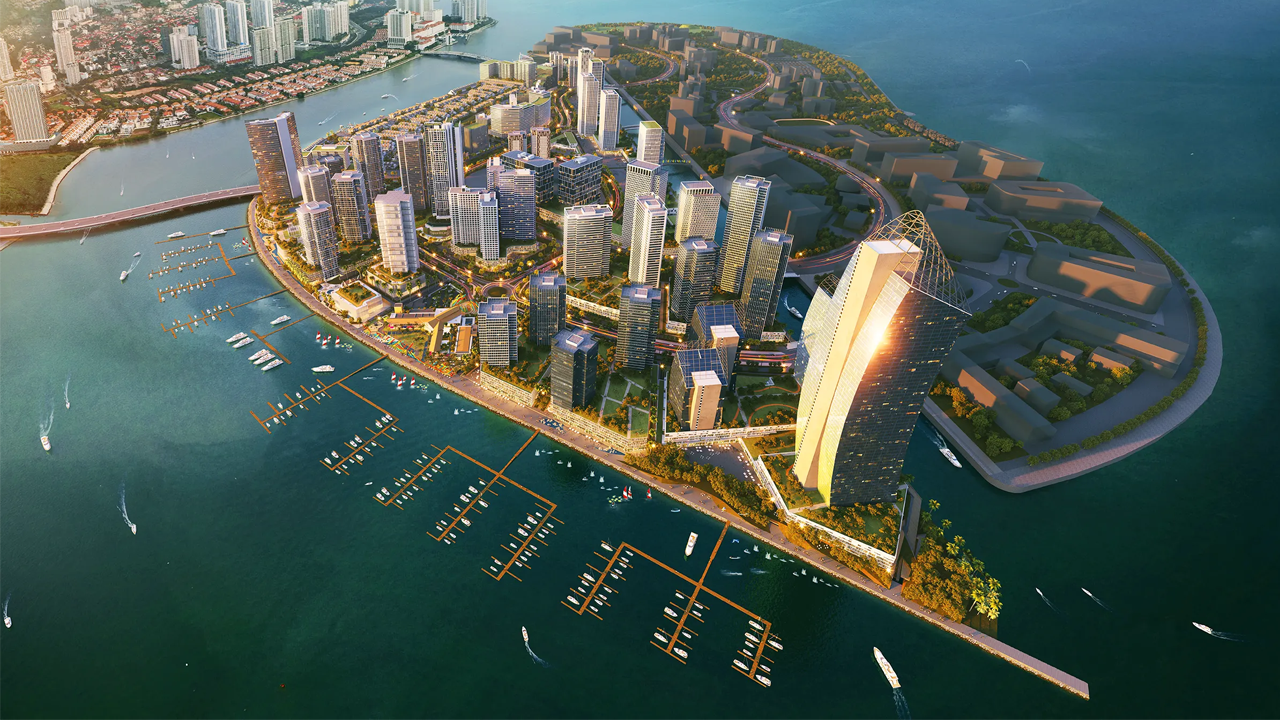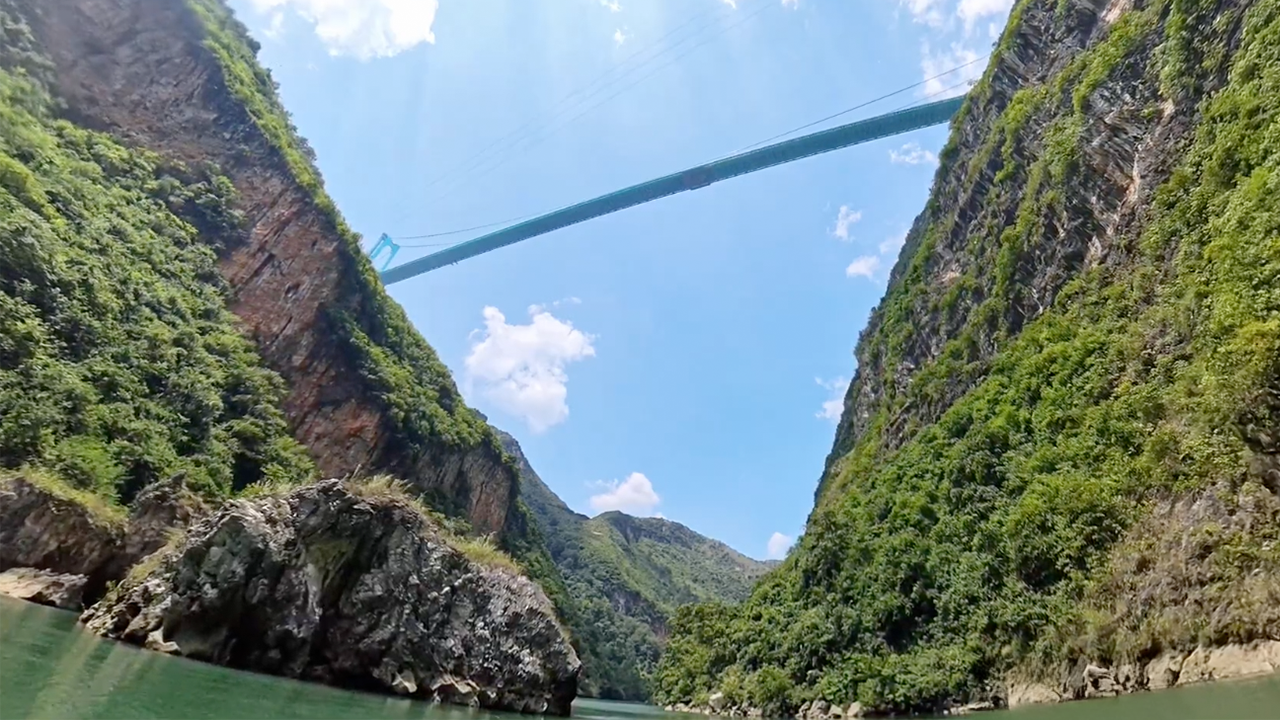Why Sydney Banned Skyscrapers
- Youtube Views 667,399 VIDEO VIEWS
Video hosted by Fred Mills. This video and article contain paid promotion for Bluebeam.
SYDNEY, AUSTRALIA has a lot of things going for it. The Opera House, the bridge, the harbour. But there’s something missing.
Sydney should have many, many more skyscrapers than it currently does. It has the population, the economy and a unique geography that all should encourage the construction of lots of tall buildings. And yet there are only a few, and those few aren’t very tall.
You see, there’s a secret rule keeping Sydney short. A rule that’s been in place for more than a century. But that’s all about to change. We may be at the very beginning of a skyscraper renaissance for Down Under’s most famous city.
First of all, let’s get a couple of things straight: skyscraper’s don’t come cheap and they aren't just built anywhere – just because a city is big or famous doesn’t mean it gets to have a skyline like Manhattan.
There are in fact three main factors that usually come together to make tall buildings a necessity: economics, population, and geography. Think Hong Kong, New York and Shanghai.
With their enormous cost, skyscrapers are essentially economic indicators of how successful a city is. In simple terms, they have to be built by companies that can afford them.
To give you an idea, a typical skyscraper in the 2020s costs anywhere from USD $300M to more than $1BN to build.
Sydney has no shortage of companies that can afford this. The city is home to 42% of Australia's top 500 companies, and is the Asia-Pacific headquarters for over 600 multinational companies.
Sydney is the capital of New South Wales – a state that has the largest economy in Australia, making up a whopping 30.6% of the country’s GDP.
If you took it out of Australia and made it its own country New South Wales would have the 19th largest GDP per capita in the world, beating Japan, France and the United Kingdom.
Basically, Sydney is rich, and it has money to burn.
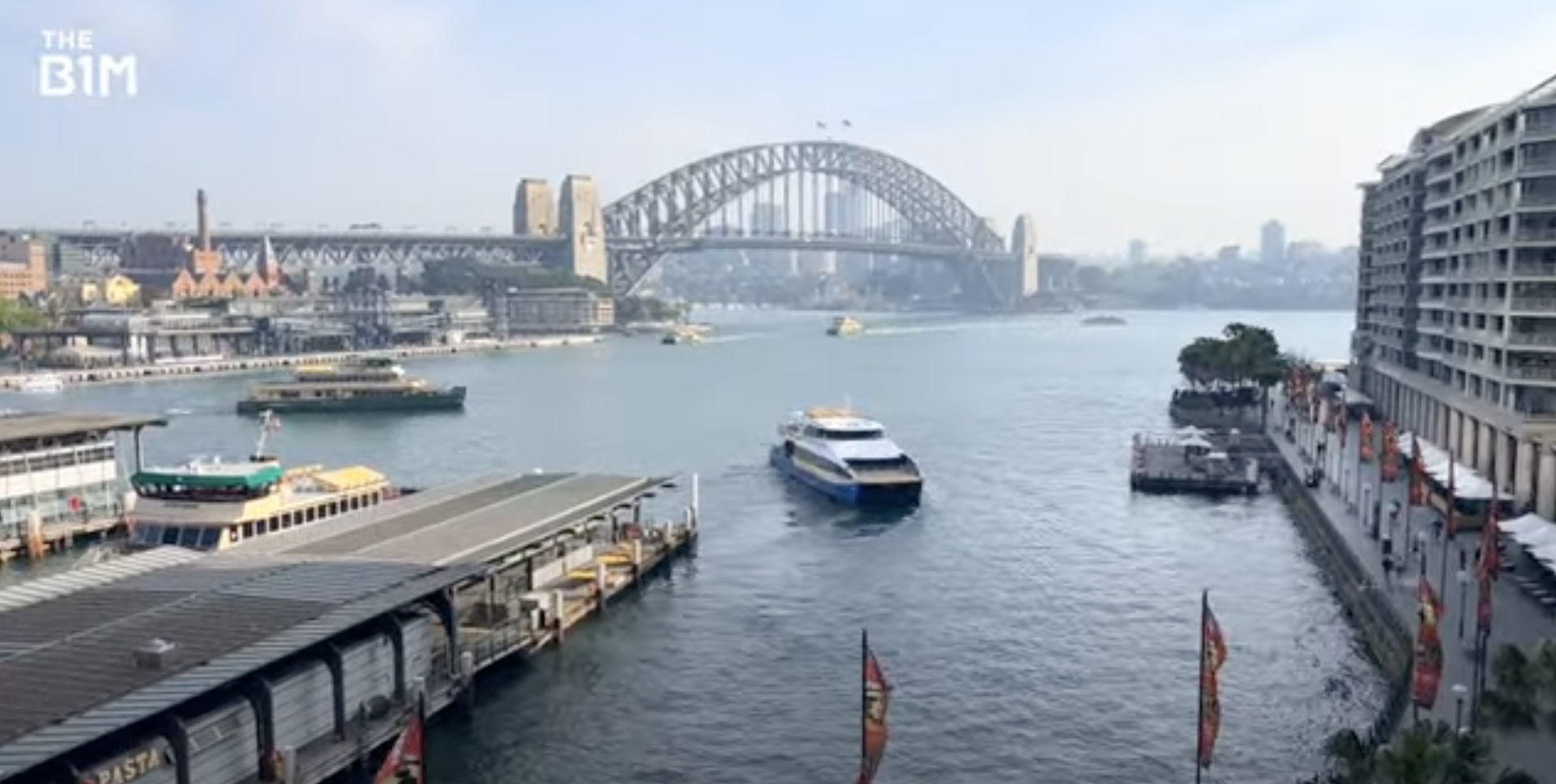
Above: Sydney has the wealthiest economy in Australia.
5.3M people call this city home and it has been Australia’s most populous urban centre for more than a century – in fact it was just overtaken by Melbourne a few months ago.
So there is a definite need for real estate. There are lots and lots of people here who all need homes and offices to work in.
While it’s not exactly an apples-with-apples comparison, it's worth mentioning that the city with the world’s current tallest skyline, Dubai, only has a population of 3M.
Geographically, the city of Sydney is boxed in on nearly every side. The harbour almost completely surrounds it, and parkland limits the expansion of the central business district.
And when you can’t build outwards it only makes sense to build up. Skyscrapers simply make sense here – so where are they?
Now I know what you’re thinking but what about the skyscrapers that are already here? Yes, Sydney does have some, but they’re not very tall, and there aren’t very many of them.
Until very recently no skyscrapers in Sydney stood taller than 235-metres, which isn’t very high if you go and compare them to those in Melbourne, Chicago or even Singapore.
So, why has it taken so long for such a prominent, international city to build a skyscraper taller than 235-metres? And why hasn’t a supertall – that is, a building higher than 300 metres – been attempted here? Especially when nearby Melbourne already has one with two more on the way.
Well to find out we have to turn the clock back more than a hundred years.
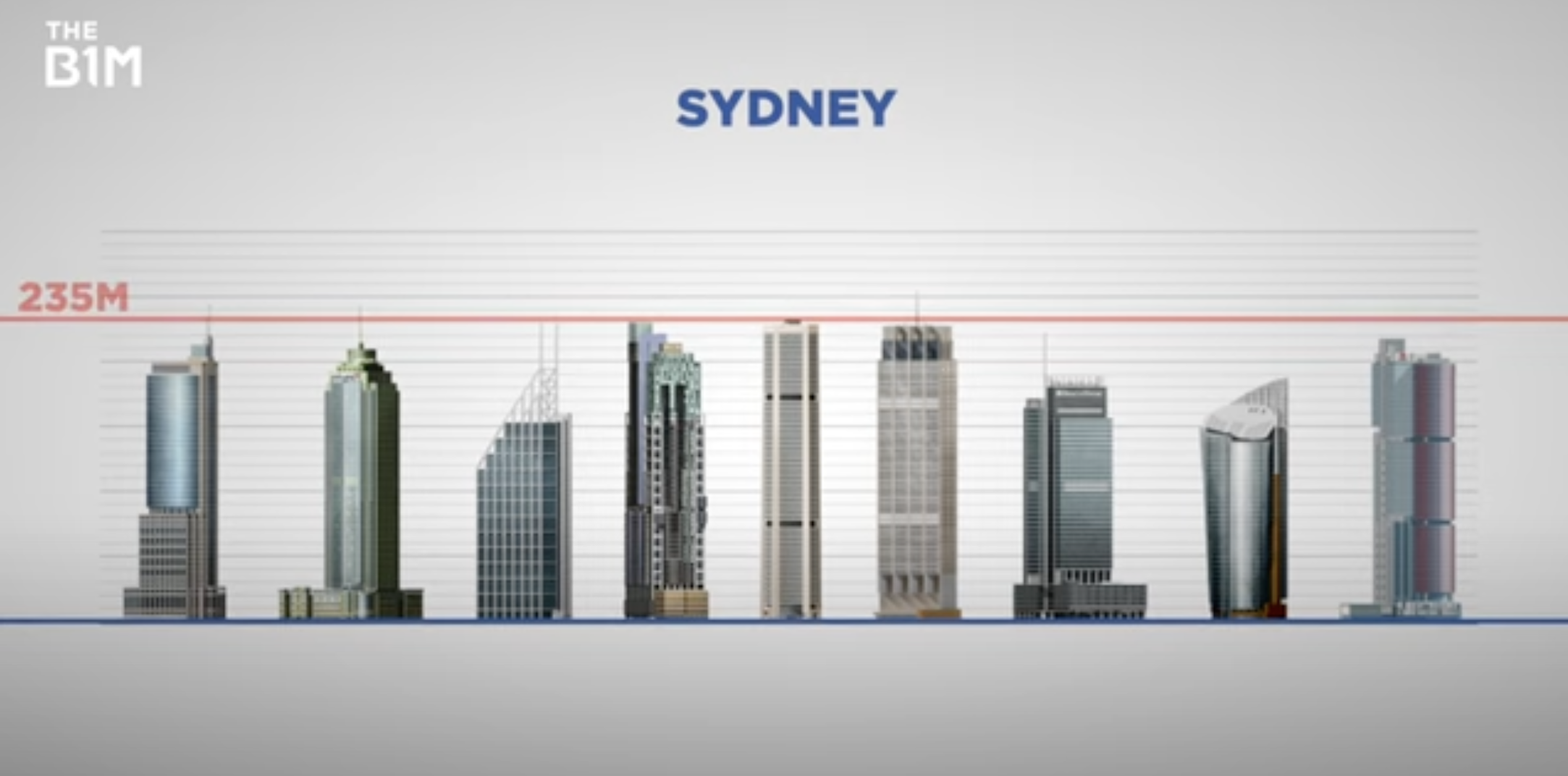
Above: Sydney used to have a building height limit of 235 metres.
At the beginning of the 20th century while the US was reaching for the skies, Australia was more reluctant to embrace the skyscraper.
After this 14-storey building was erected in Sydney in 1912 everybody panicked. Despite its modest height now, back then nobody had ever seen a building so high and firefighters feared that they would be unable to reach the upper floors if a disaster happened.
As a result, the city passed the Height of Buildings Act of 1912, limiting the construction of all new buildings to just 45 metres, or about 13 storeys tall.
That forced Sydney to expand its suburbs outward, and it eventually became geographically larger than all of London.
That law wasn’t changed until 1957. It turned out there was only one thing that could trump Sydney’s fear of heights … the city’s love of icons.
In the 1970s the city built the tallest tower in the southern hemisphere, the 305-metre Centre Point Tower. It’s a glistening gold monument to the 70s and is now one of the most prominent tourist attractions in the city after the Opera House and the Harbour Bridge.
From its rotating observation deck you can see more than 80 kilometres in every direction.
But, because it technically isn’t a skyscraper – more a spinning restaurant and viewing platform suspended on a giant pole – it was able to sidestep Sydney’s strict regulations.
In fact, fresh rules were put in place to protect the city’s new icon. A law was enacted so that nothing could be built taller than the tower, capping every skyscraper at 235 metres.
But nothing lasts forever and the first exemption to this rule came in the form of Crown Tower in 2020. It’s a 270-metre skyscraper funded by a casino with a height that exceeds Centre Point Tower’s observation deck.
The fact that deep pockets were able to ignore these rules has raised more than a few eyebrows, nevertheless the seal was broken, a precedent was set and there could be no going back.
Realising that a 270-metre skyscraper didn’t end the world, Sydney’s century-long skyscraper-phobia quickly came crashing down and the rules were changed again.
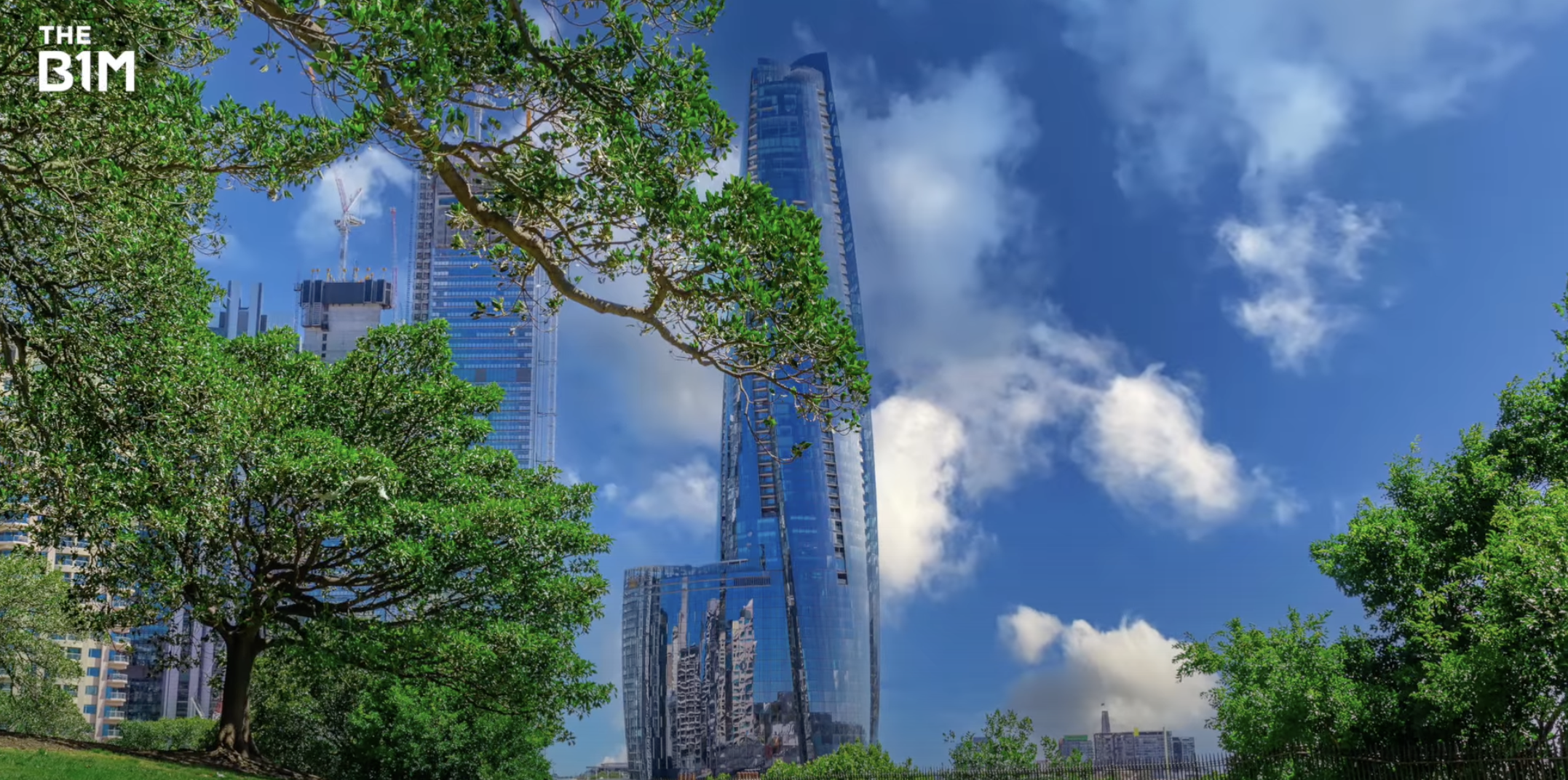
Above: Sydney's tallest new skyscraper.
Now, the new limit for tall buildings is 330 metres, making a supertall suddenly possible for the first time – and we’re seeing a flood of skyscraper proposals.
There's the 263-metre Foster + Partners designed Salesforce Tower.
The Renzo Piano designed Barangaroo towers, which recently got a height increase.
The twin tower art deco inspired 338 Pitt Street.
The 270-metre 505 George Street.
And Sydney’s first supertall proposal at 56 Pitt Street, which as of right now has no renderings we can show you.
It was originally set to be 314 metres but there are now reports it will be as high as 330.
The genie is definitely out of the bottle.
But is this a good thing? Were Sydney’s anti-scraper laws protecting the city?
Well, let’s look at the facts. Sydney needs the space. Its population is forecast to grow by 60 to 80 percent and reach 8M people by 2050.
And one government study found that raising skyscraper height limits could create more than 2.9M square metres of floor area – that’s a 30% increase on the current capacity of the central business district.
But these new skyscrapers are going to be standing for a long, long time and they’re going to be on one of the most iconic skylines in the world.
There is a responsibility from developers for these buildings to not just be paint-by-numbers banal towers. They have to look good, they can’t be cheaply made, they have to be sustainable and they have to have the future of Sydney in mind.
Sydney has protected its skyline for so long, now, the floodgates are open.
This video was sponsored by Bluebeam. Design and build more efficiently, profitably, and securely. See how much your organization could save using Bluebeam.
Additional footage and images courtesy of Skyscraper Page and Google Earth.
We welcome you sharing our content to inspire others, but please be nice and play by our rules.


